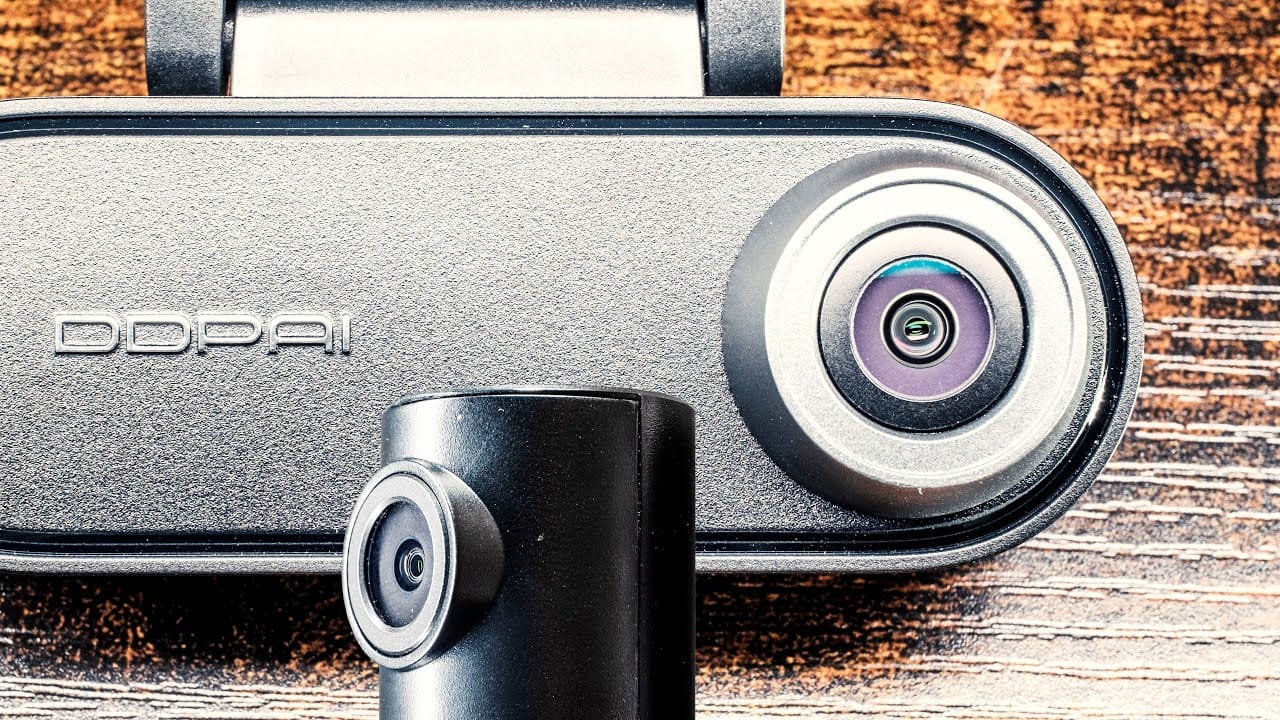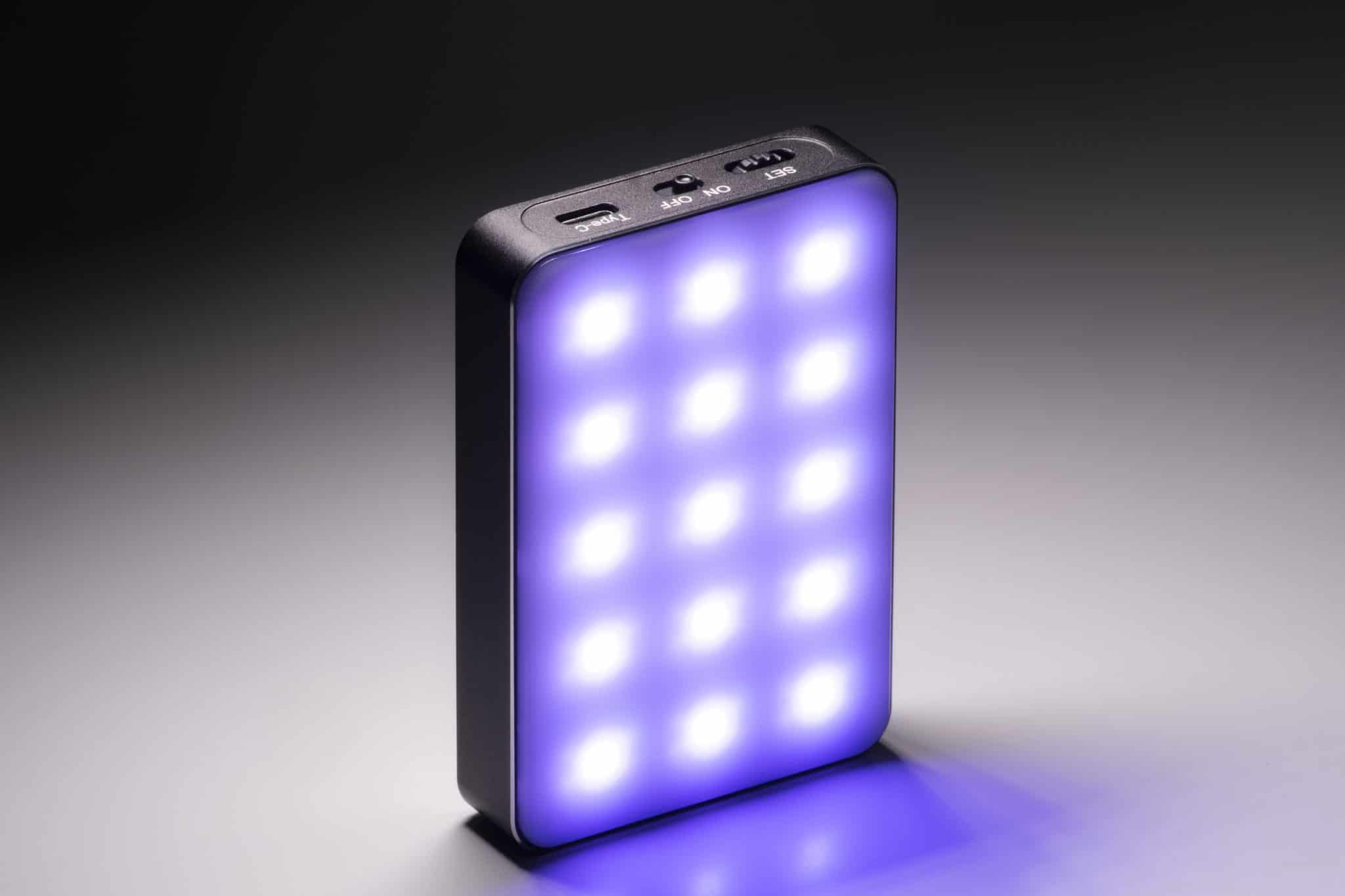Last year in September I went to the Photokina in Cologne, the biggest and most important fair and convention for photography and everything that has to do with visuals. Thanks to the whole DSLR revolution a lot of brands and shops presented film gear or new film and video cameras. The Blackmagic Cinema Camera had been announced a few months earlier but wasn’t really shipping. When I heard that some companies would present the camera I decided to visit the fair. Besides all the DSLRs and photography accessories there were some Blackmagic Cinema Cameras so I finally had the opportunity to get my hands on it. Later that day I ordered the camera.
I knew that it might take a few months to get the camera but after waiting for six months I was frustrated. I was hoping to shoot some projects with it but unfortunately that was not possible. Before the manufacturer Blackmagic Design could ship the 2.5K camera in masses they announced a small version of it: The Pocket Cinema Camera. Just by looking at the specs and the price made me realize that this little fellow was almost as good as the big brother. The Cinema Camera costs around 3.000 US $ and the Pocket Cinema Camera 1.000 US $. I thought about the camera a lot because I knew that I had to buy a lot of accessories for the 2.5K camera like a rig, SSDs, external battery and some other things. At the end of April 2013 I ordered the Pocket Camera and cancelled my pre-order of the 2.5K camera.
I was sure that this time Blackmagic Design would ship in time: July. But like most of you know they did not. I received mine at the end of September. I didn’t order any SD cards or batteries for the Pocket Camera before I was getting it because I was frustrated by the delay – just like the first time. In the end I waited one year to get a new camera which is crazy because these days a so called “game changer” is released relatively often.
The video-review below is 9 minutes long and features pretty much everything you need to know and of course the pros and cons of this camera.
Music provided by beatsuite.com Music Library
After all the mental struggle I was just glad to have this little camera in my hands. I ordered some SanDisk Extreme Pro 64 GB SD cards with 95MB/s speed, a few batteries and an adapter for our Canon EF lenses.
The BMPCC (short for Blackmagic Pocket Cinema Camera) has a Micro Four Thirds lens mount. Olympus or Panasonic (Lumix) cameras like the GH3 have such a mount. I would have liked an EF mount more but that is just because we don’t own a single MFT lens which brings me to the next point: The crop. Compared to full-frame DSLRs the camera has the focal length x3. A 10mm lens turns into a 30mm lens. This makes it really hard or almost impossible to get a wide shot.
A lot of people are complaining about the battery life of those EN-EL20 batteries. I don’t like them either but batteries from the Canon EOS 600D (Rebel T3i) are not lasting much longer. It is possible to film with the screen brightness at 50% so I recommend doing that to save some battery. One charge will last for around one hour of recording. Cheap batteries might not be reliable so be aware of that.
An external battery pack is the perfect solution but somehow ridiculous because of the size. If you need to shoot two hours without pressing the stop button the Pocket Camera might not be the right camera for you but probably the 2.5K or 4K version – when it’s available.
Besides the minimal menu and a lack of “normal” features the BMPCC is exactly what I was expecting: A weird looking, small device with an incredible image. I am always impressed when seeing the footage on my screen. The amount of detail and dynamic range are really the biggest selling points of this camera. Dave Dugdale talked a lot about matching the color and exposure of the Canon 5D Mark III and the BMPCC. In terms of color it is definitely possible but the difference in sharpness and detail will stand out so the difference between a DSLR and the BMPCC will pretty much always be visible.
Another thing I love about this little thing is the film grain. It is really fine and sometimes hard to see but when it’s visible it just gives the visuals a more filmic look.
You might ask yourself: “Isn’t there anything bad about the image?” Not really. Aliasing (moiré) is not really visible. When having some really fine lens far away there might be something visible but because of the overall detail it is hard to judge.
The dynamic range is not only useful in bright daylight but also in low light. We recently filmed at a concert for an upcoming documentary and the light on the stage was really intense but the crowd was still clearly visible. Of course some of that information will get lost when color correcting because the image is just too flat not to do that. Little color artifacts are only visible when pushing the codec really far. For somebody who mainly works with DSLR 8-bit footage I can assure you that the difference is clearly visible. There is almost no compromise when it comes to color correction.
Not only the Pocket but also the other Blackmagic cameras are a game changer for me because the post workflow and video archiving gets more intense which means more time in post production and more hard drives to buy.
We won’t use the BMPCC on every production because of the extreme amount of data and grading. Not every client sees the difference between 8-bit and 10-bit footage so this camera won’t change the whole market. A Canon 5D Mark III is still great for certain purposes. It is a great low light camera and of course the full-frame sensor is lovely as well as the ability to shoot and deliver very fast. In terms of controlling audio the 5D is also a better choice. The BMPCC is not exactly a run-and-gun camera but the 5D is so there are pros and cons for every camera out there.
One thing is for sure: The Pocket Camera has made other companies think more about if they should hold back all the technical development or not. Canon for example has to catch up or their losing the market they built.
Don’t forget: Cameras are just tools and there is not one perfect camera out there.
In the future I will make some comparisons between 8-bit DSLR footage and 10-bit BMPCC footage as well as some color grading videos.
We also have some upcoming projects that were shot with the Pocket Cinema Camera so if you want to know more about what this camera is capable of and what we captured with it – keep an eye on that blog over the next four weeks.
Will you be getting the Pocket Cinema Camera or wait for an equally good DSLR?
Share your thoughts in our forum!
Written by Moritz Janisch

